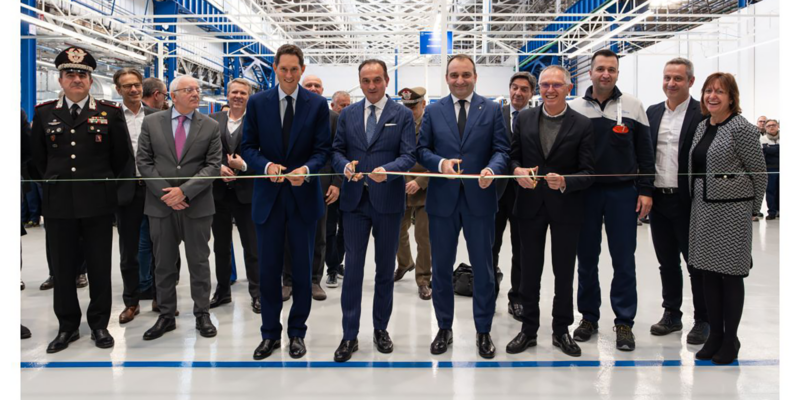Stellantis Opens “Circular Economy Hub” in Turin, Italy – CleanTechnica
Stellantis Opens “Circular Economy Hub” in Turin, Italy CleanTechnica


Transitioning to Electric Vehicles and the Circular Economy

Transitioning to electric vehicles can save a lot of emissions compared to internal combustion engine (ICE) vehicles. However, achieving environmental goals requires more than just switching to EVs. It is crucial to reduce the emissions associated with building and maintaining EVs as well.
The SUSTAINera Circular Economy Hub
Stellantis, a leading automotive company, has taken a significant step towards a circular economy by opening the new “SUSTAINera Circular Economy Hub” (CE Hub) at the Mirafiori Complex in Turin, Italy. This initiative aligns with the Sustainable Development Goals (SDGs) and reflects Stellantis’ commitment to a holistic approach through its “4R” strategy: Reman, Repair, Reuse, and Recycle.
Objectives of the CE Hub
The CE Hub has two primary objectives:
- Maximize the lifespan of both parts and vehicles
- Ensure proper recycling at the end of their life cycle
Implementing the Circular Economy
To achieve these objectives, Stellantis plans to:
- Collect materials from remanufacturing operations
- Acquire vehicles that are beyond repair or remanufacture
- Reintroduce these materials into the manufacturing loop to create new vehicles and parts
Stellantis’ Commitment to Sustainability
Stellantis CEO Carlos Tavares stated, “The Circular Economy Hub brings together a powerhouse of skills and activities aimed at creating a high-performing center of excellence in Europe. We are industrializing the recovery and sustainable reuse of materials, building new technologies and advanced capabilities as we grow in this area. Our commitment to remanufacturing, repairing, reusing, and recycling will not only benefit the planet but also bring financial value to Stellantis, safeguarding our shared future.”
Remanufacturing Operations
The CE Hub will focus on remanufacturing operations. Used, worn, or defective components such as engines, gearboxes, and EV batteries will be disassembled, cleaned, and rebuilt to meet original equipment manufacturer (OEM) specifications without compromising quality. By 2025, the facility aims to remanufacture over 50,000 parts, increasing to 150,000 parts by 2030.
Sorting Center for Recycling
To support remanufacturing, the CE Hub requires a sorting center. Approximately 2.5 million worn parts (known as “cores”) will need to be sorted for recycling, reuse, or remanufacturing by 2025. This number is expected to increase to 8 million units by 2030.
Repair and Refurbishment of Vehicles
Stellantis aims to repair and refurbish vehicles using new, remanufactured, or used parts. These vehicles will then be reintroduced into the global fleet through SPOTiCAR, the company’s certified used vehicle division. By extending the lifespan of cars, their emissions per mile will be lower compared to continuously replacing them with new vehicles.
Maximizing Value from End-of-Life EVs
When electric vehicles reach the end of their life cycle and cannot be restored, they still hold value in terms of raw materials and salvageable parts. Therefore, the CE Hub will dismantle these vehicles and run the parts through the above programs to extract the maximum value from what remains.
Commitment to Italy and Sustainable Development
Stellantis Chairman John Elkann emphasized the company’s commitment to Italy and the automotive industry’s evolution. He stated, “When all stakeholders and Stellantis share the same ambition and agree on a common path, ideas become reality. The Circular Economy Hub we inaugurate today is proof of this. It will serve as a blueprint plant in the automotive sector, combining environmental respect with economic development.”
Featured image provided by Stellantis.

Join us, as fellow seekers of change, on a transformative journey at https://sdgtalks.ai/welcome, where you can become a member and actively contribute to shaping a brighter future.







